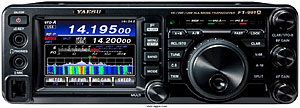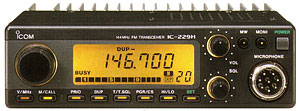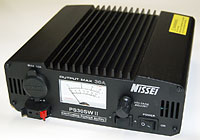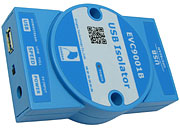|
In the domain "Siedleckie.pl", the
first pages were created in the 2000th year. They were built
by me with the methods available at that time, hence perhaps
their archaic appearance. Even though it has been over 20
years since my first pages were created, I decided to keep
my old style.
I became interested in amateur
radio in the eighties of the twentieth century, I passed the
exam, built a transceiver according to the design by Jerzy Węglewski
SP5WW and thus
I became a full-fledged ham radio user. Initially, I was fascinated by phonic work, but soon I
became interested in paket-radio. As I was one of the first
in my area to start using this emission and I configured a
node station (nod), on behalf of the Polish Amateur Radio
Association I became the network organization coordinator
for the eastern part of Poland. The plans were good, but due
to the lack of widespread interest, the network did not
develop and the packet died a natural death.
After three years of work on the shortwave bands,
I was forced to change the QTH, in the meantime I started
paragliding and cycling, so I put off work in the air for
over 20 years. After more than twenty years, I bought a
radio, built antennas and started to continue working on
bands that I had interrupted years ago. Initially, I was
shocked, how much has changed since then, equipment, new
emissions, new opportunities, but also a much higher level
of interference. More than twenty years ago, there were only
disruptions from lightning discharges and sometimes passing
cars. Now, as I have the background on the S8, it's not bad
because it's usually S9 +. Therefore, working with audio on low bands is almost impossible, so most of the
communications I carry out with digital emissions that are
more resistant to interference
than SSB. |
Here is my equipment that I have at my disposal.
I think that this is the minimum that must be met in order
to be able to use the basic work opportunities without
overburdening the household budget.
|
 |
The Yaesu FT991A transceiver is a modern construction that
gives many possibilities of workTing in the short wave and
VHF range. I chose this radio because of its small size,
because I like working from the field and the parameters
that are sufficient for me. |
 |
Icom 229h My old Icom229h used to be a bbs packet radio for
me, then it spent 20 years in the storage space and is now
experiencing a second youth as a local radio for local
communications. |
 |
Nissei The Nissei PS30SW II power supply gives advice, but I
have a second one of my own design, I use Nissei when I go
off-road because it is light and small. |
 |
The "manual" Navcomm750 serves me mainly as a radio that
works with the helmet headset that I use when flying a
paraglider. The advantage of this radio is very simple
operation (there is no time to tinker with the radio in the
air) and, above all, it has a socket compatible with the
helmet's installation plug. In ham radio practice, it can
also be useful. |
 |
USB isolator. The device is even necessary if the USB port
of the radio is to be connected to the USB port of a
computer. Isolates both devices electrically. In the event
of mains voltage on the housing with direct connection, you
can destroy the USB ports on the motherboards of both the
radio and the computer. The use of this device eliminates
this possibility. |
 |
PC. I have logging programs installed on it, for digital
communication and for communication with LOTW. If we use the
computer only for logging in the communication, even the
simplest configuration is enough. A 2Gb ram single core
processor and Windows XP or Win7 is enough. When using a
computer for FT8 communication, a more powerful computer is
needed. A computer with a 2-core processor and 6 GB of RAM
could not cope. The lag factor was positive with a few
decoded stations, which indicates that the processor is
overloaded and thus the decoder does not work properly. I
changed the configuration to a quad core I5 processor, 16
GB of RAM. In this configuration, JTDX works much better and
lag is not positive. |

|
Antennas on my own. For the 20m band, I use a vertical
quarter-wave antenna with three counterweights. The antenna
is installed on the building at a height of about 15m. For
the 80 and 40 m band I use a two-band dipole, it is a 40 m
dipole extended with inductances. A description of such an
antenna can be found on the Internet. |

 |
My basic program for logging communication is Logger 32.
Logger 32 is a very complex tool that gives many
possibilities. Contrary to appearances, the configuration of
the program is not difficult. After proper configuration, it
makes work much easier. Automatically sends the log to LOTW
and other logging programs. Registering communications at
LOTW offers the same possibilities as a paper QSL card.
|

Digital Communications Program.
There are some other ae with this
my best work is. |
"My
qso" link
 polish version
My site on QRZ.com
polish version
My site on QRZ.com
Look to my
other sites.
Paragliding, Bug river valley,
bicycle tours, Photo galleries.
I invite you to visit.
|
|

